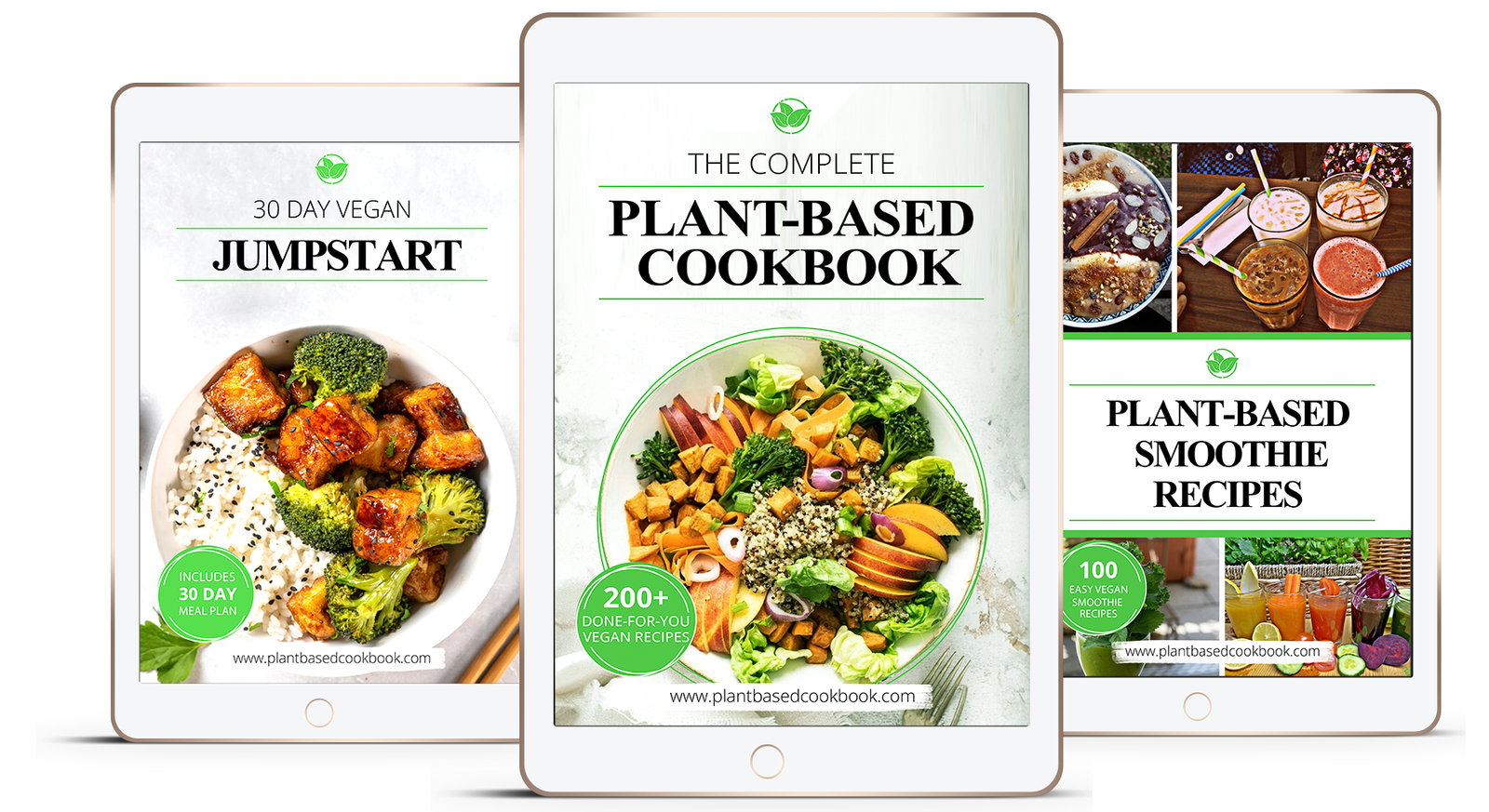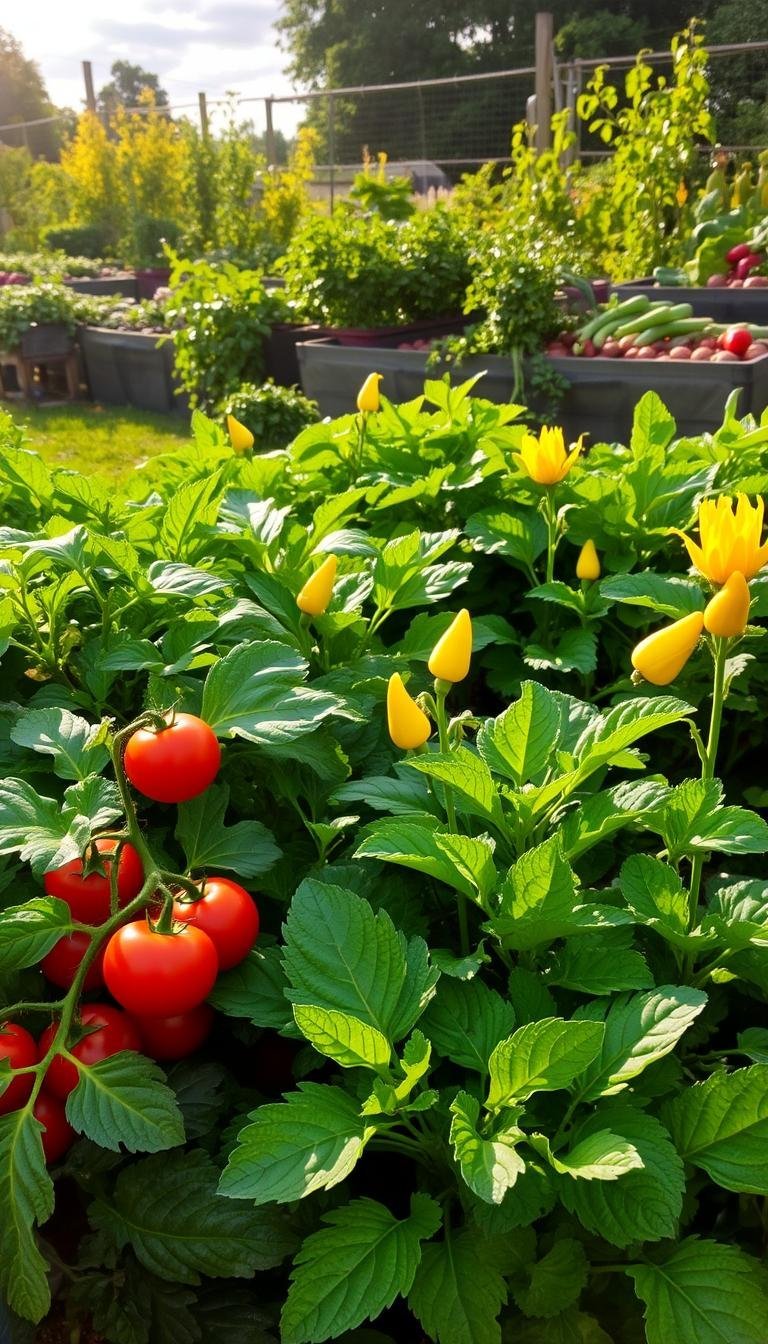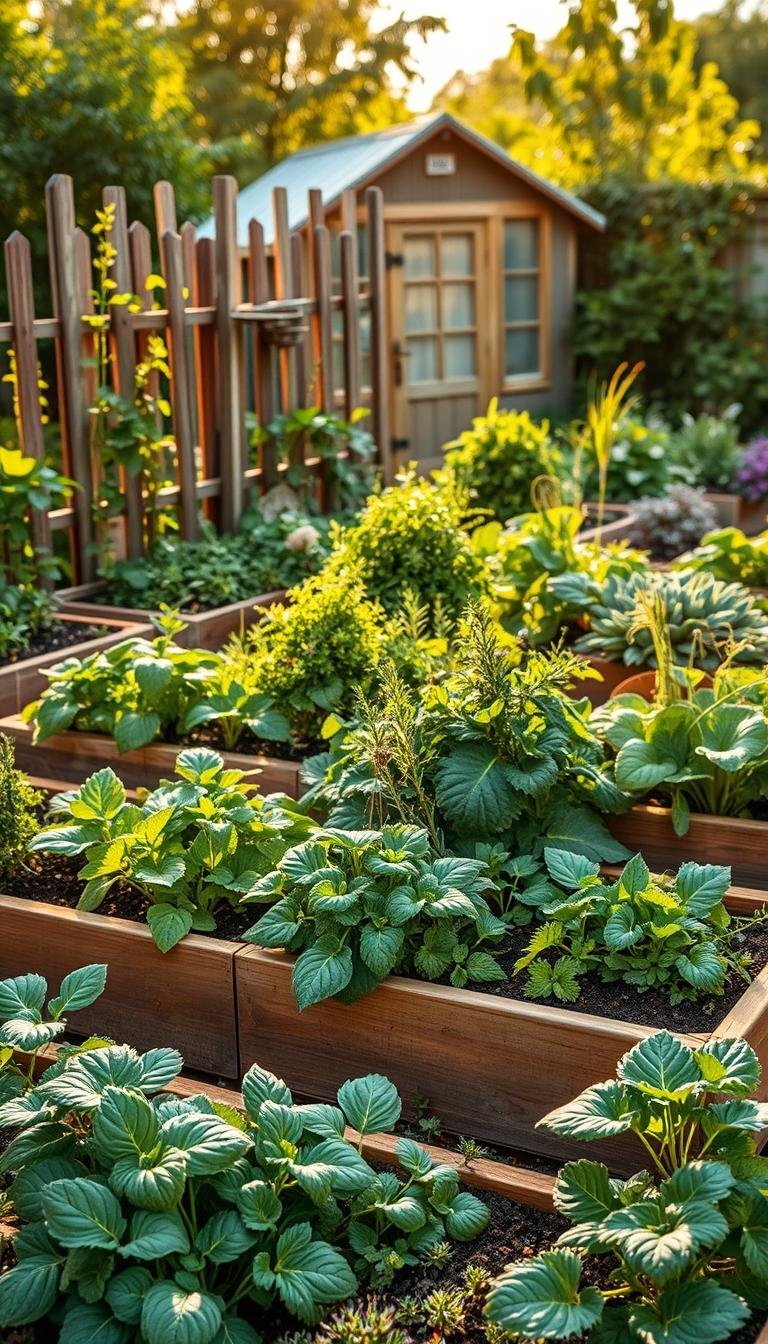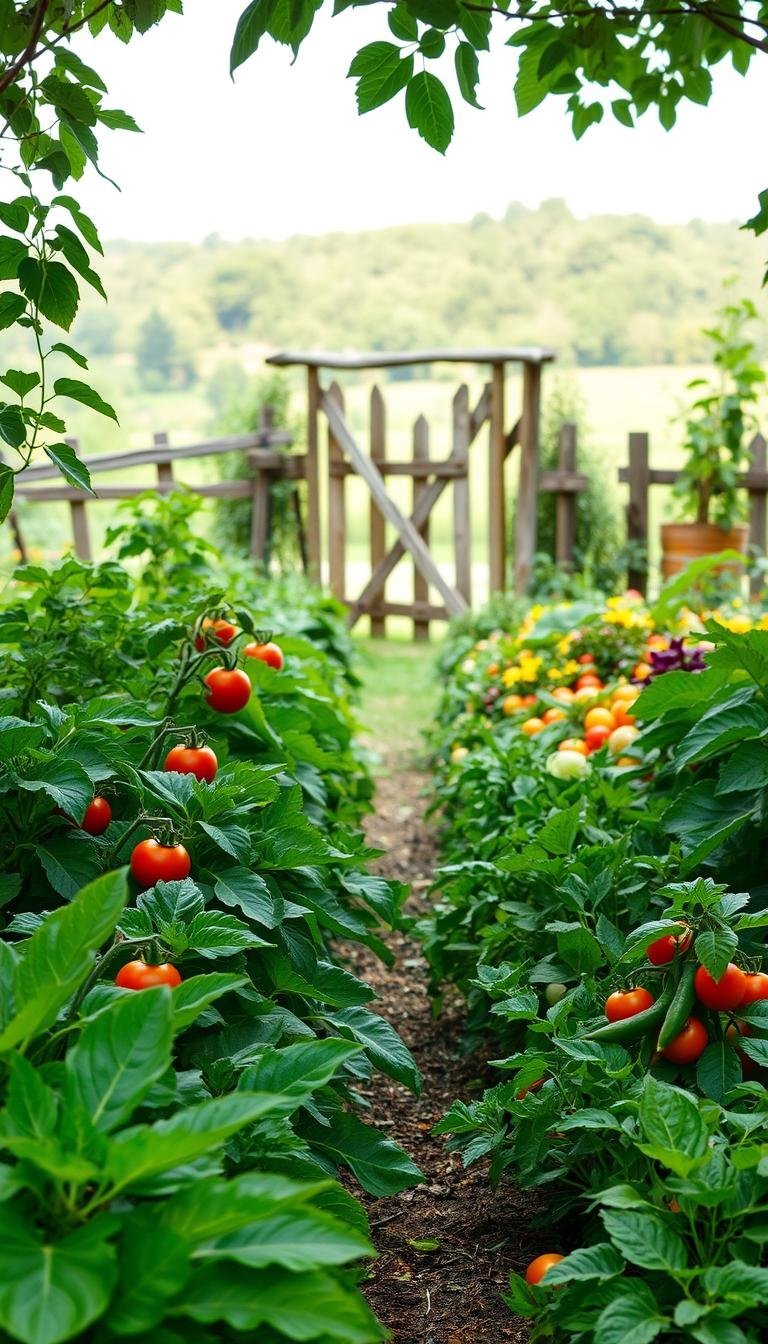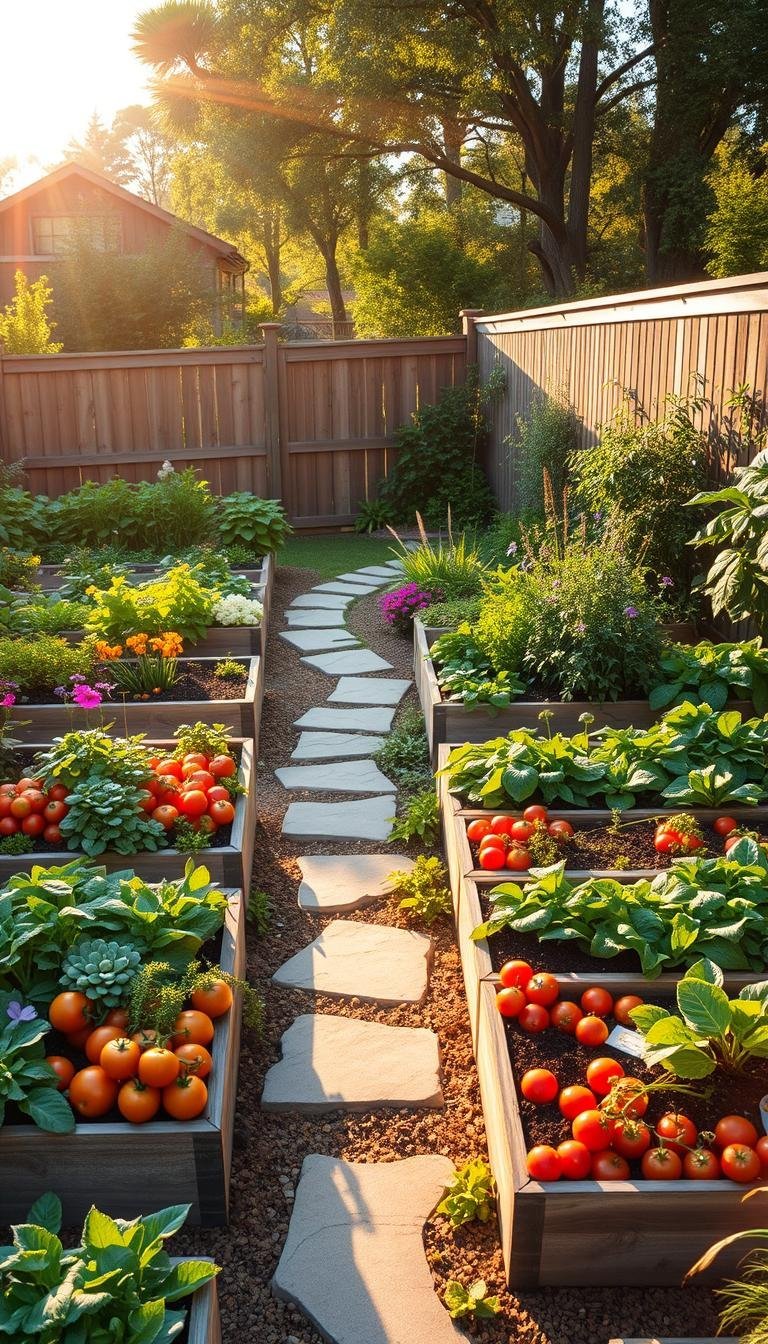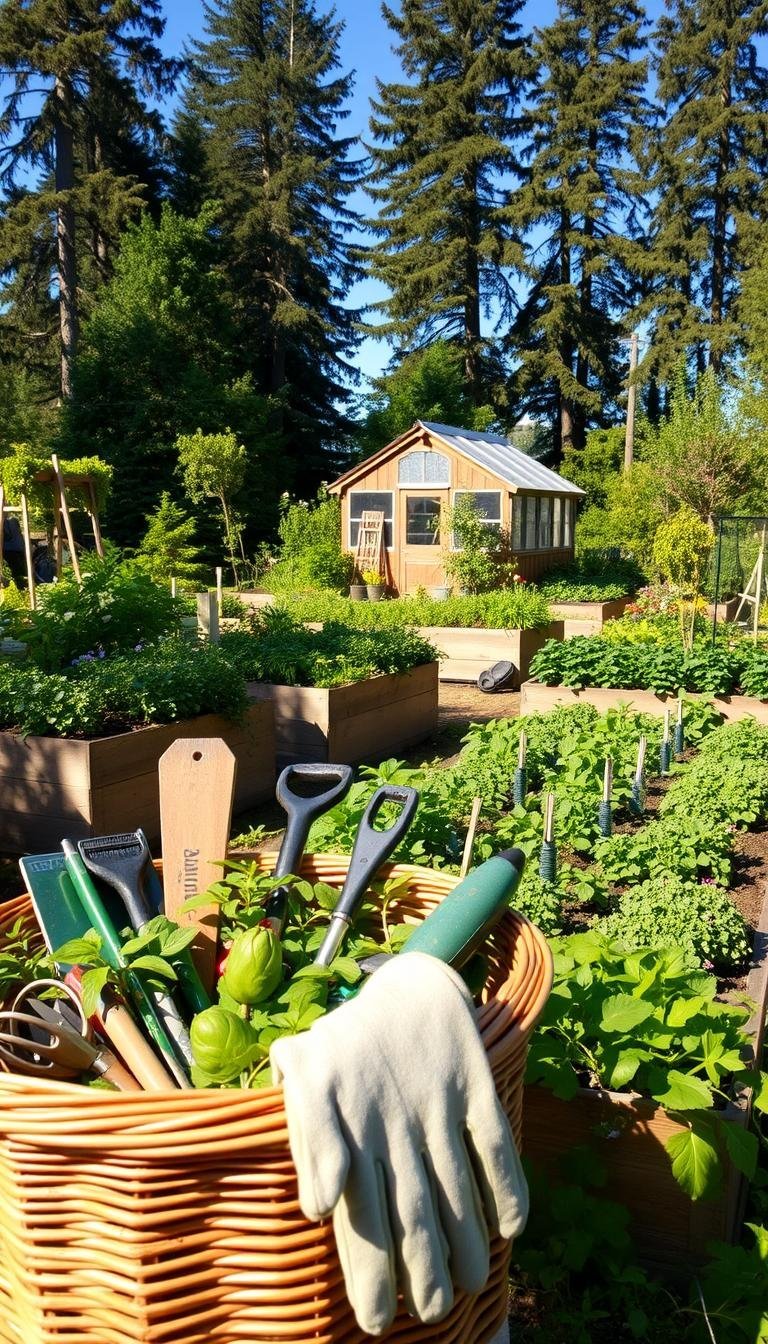(Hey! Some links in this post may be affiliate links — meaning I may earn a small commission if you buy through them, at no extra cost to you. As an Amazon Associate, I earn from qualifying purchases. I only share products I genuinely love and think you’ll find useful too. Read the full disclosure here).
Starting an Organic Vegetable Garden is easy and rewarding. This guide is for both beginners and experienced gardeners. It shows how to grow a garden naturally, supporting healthy ecosystems and producing fresh, nutritious food.
Get step-by-step advice on planning, planting, and caring for your garden. Learn about soil care, pest solutions, and smart watering. Each tip promotes sustainable gardening to increase your harvest without using harmful chemicals. These strategies work for any garden size, from small pots to large yards.
🌿 Want to Take Your Garden to the Next Level?
If you're serious about growing your own food and becoming more self-reliant, The Self-Sufficient Backyard is a must-read...
🌱 Learn MoreContents
- 1 Understanding Organic Gardening
- 2 Choosing the Right Location
- 3 Soil Preparation and Enrichment
- 4 Selecting the Best Vegetable Varieties
- 5 Companion Planting Techniques
- 6 Pest Management in Organic Gardening
- 7 Watering Your Organic Vegetable Garden
- 8 Tools for Organic Gardening Success
- 9 Timing Your Vegetables
- 10 Harvesting Your Organic Produce
- 11 Sustainable Practices for the Future
Understanding Organic Gardening
Organic gardening is more than just growing plants without chemicals. It’s a way to care for soil, plants, and the planet. By avoiding synthetic pesticides and fertilizers, natural cultivation focuses on balanced ecosystems. Here, life thrives without harmful additives.

“Healthy soil grows healthy food.” – The cornerstone of organic practices
What is Organic Gardening?
This method uses compost, cover crops, and natural predators to sustain growth. Unlike conventional farming, it prioritizes soil health through cycles of renewal. For example, crop rotation and mulching rebuild nutrients without artificial inputs.
Plants gain strength from living soil, resisting pests and diseases naturally.
Benefits of Going Organic
- Flavor and nutrition: Homegrown veggies taste better when grown in nutrient-rich soil.
- Environmental care: Reduces water pollution and supports pollinators like bees.
- Cost-effective: Compost and homemade remedies cut long-term expenses.
Starting with organic gardening might feel unfamiliar, but the rewards are worth the shift. Every step from planting to harvest aligns with nature’s rhythms. This creates a garden that gives back to the earth.
Choosing the Right Location
Starting an Organic Vegetable Garden starts with finding the perfect spot. A good location saves time and effort. It lets plants grow well with little help. Here’s how to pick the best site for your garden.
Sunlight Requirements
Most vegetables need 6–8 hours of direct sunlight each day. Check shaded areas at different times to map sunlight. South-facing plots get the most light in northern latitudes.
Use stakes or markers to track shadows over weeks. This helps you see how much light your garden gets.
Assessing Soil Quality
- Test soil texture by squeezing damp earth. Crumbly soil is best; sticky means clay, and sandy drains too fast.
- Check drainage by digging a 1-foot hole, filling it with water, and timing how long it drains (ideally 2–4 hours).
- Use a DIY pH test kit to confirm soil acidity. Most veggies prefer 6.0–7.5 pH levels.
Water Accessibility
Put gardens near hoses or irrigation systems. Consider rain barrels to collect runoff for sustainable gardening. Drip irrigation saves water compared to sprinklers.
Pro tip: Avoid low-lying areas where water pools, causing root rot.
“A well-planned site cuts long-term work. Focus on light, soil, and water first.” – National Gardening Association
By aligning these factors, your garden becomes more resilient. Choose spaces where sunlight, soil, and water naturally support growth. This setup supports long-term sustainable gardening goals without costly fixes later.
Soil Preparation and Enrichment
“Healthy soil is the foundation of every thriving garden,” a principle central to organic farming practices. This approach ensures plants receive natural nutrients without synthetic additives.
To build nutrient-rich soil, first understand its current state. Test its pH and add organic materials. This creates a sustainable base for your garden, following green gardening’s main principles. Here’s how to start:
Testing Soil pH
Check soil acidity with a home kit or a vinegar test. Most veggies like a pH between 6.0 and 7.0. Use lime to raise pH or sulfur to lower it. Test again after adding amendments to keep it balanced.
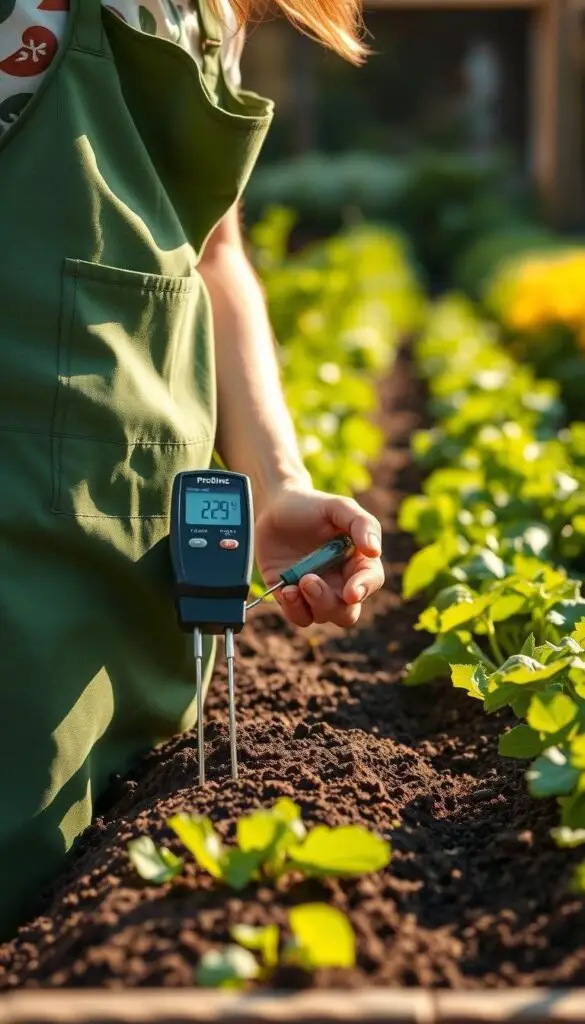
Adding Organic Matter
Make soil richer with compost, leaf mold, or well-rotted manure. These boost microbes and soil structure. Spread 2–4 inches of compost yearly to keep it fertile. Use kitchen scraps and autumn leaves for free.
Recommended Soil Amendments
- Bone meal: Supplies phosphorus for strong roots (use 1 cup per 10 sq ft in spring)
- Greensand: Adds potassium and trace minerals (apply 20 lbs per 100 sq ft)
- Wood ash: Raises pH and provides potassium (use sparingly; avoid in acidic soils)
By turning garden waste into compost, you start a recycling loop in organic farming. Leaves or kitchen scraps become valuable soil enhancers. This ensures a sustainable cycle for future harvests.
Selecting the Best Vegetable Varieties
Choosing the right vegetables is key to a thriving garden without chemicals. Look for varieties that are tough and taste great. Homegrown veggies like tomatoes, peppers, and beans are perfect for organic gardens. They bring fresh flavors right to your table with little effort.
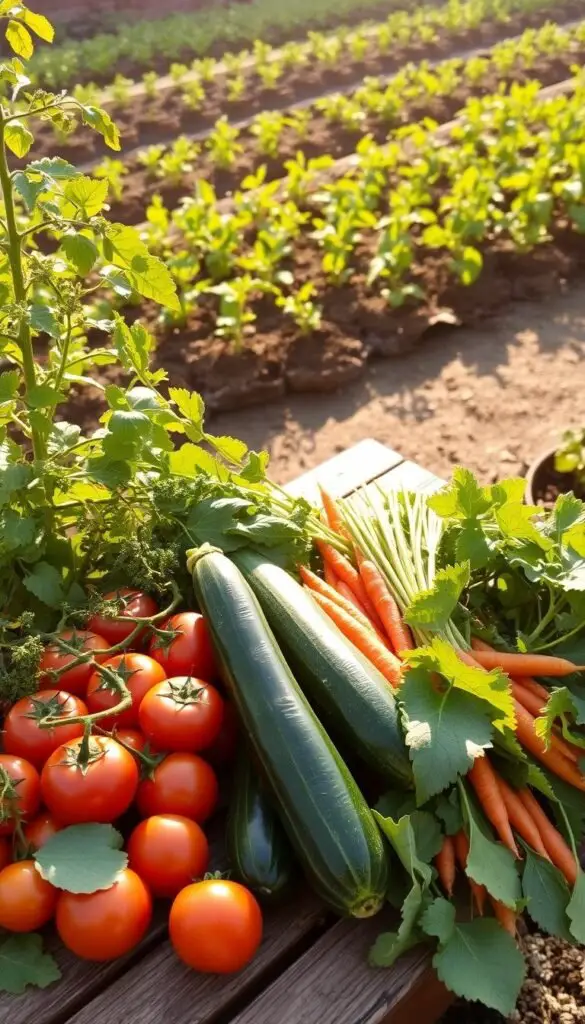
“Heirlooms aren’t just nostalgic—they’re a bridge to flavor and biodiversity.” – Organic Growers Research Foundation
Popular Organic Vegetable Choices
- Tomatoes: Opt for ‘Brandywine’ (heirloom) or ‘Sun Gold’ for disease resistance
- Leafy greens: Lettuce ‘Buttercrunch’ and kale ‘Lacinato’ thrive in partial shade
- Beans: ‘Kentucky Wonder’ pole beans fix nitrogen naturally
Seasonality and Planting Time
Plan for continuous harvests using this framework:
- Cool-season crops: Peas, spinach, and broccoli planted 4-6 weeks before last frost
- Warm-season crops: Tomatoes, eggplant, and peppers after soil warms to 60°F+
Use succession planting for lettuce and radishes every 2-3 weeks to extend harvests. USDA zones 3-9 have distinct timing—check your local extension office for zone-specific dates.
Pair varieties with your kitchen needs. Preserve excess harvests via canning or freezing to maximize your garden-to-table efforts.
Companion Planting Techniques
Companion planting is a key part of natural cultivation and green gardening. It matches plants to make ecosystems where each helps the others. This way, gardeners get better yields and use fewer chemicals.

What is Companion Planting?
Companion planting is about pairing plants that help each other. For instance, tall plants shade shorter ones. Deep-rooted plants get nutrients that others can’t. This teamwork makes gardens more like nature.
Benefits of Planting Together
- Pest reduction: Plants like basil keep away pests from tomatoes.
- Space efficiency: Plants like corn support beans, saving space.
- Nutrient sharing: Legumes like beans add nitrogen to the soil for other plants.
These benefits fit with green gardening goals of being sustainable and balanced.
Examples of Companion Plants
Here are some good pairs:
- Tomatoes + Basil: Basil keeps mosquitoes away and makes tomatoes taste better.
- Carrots + Onions: Onions hide the scent of carrots from pests. Carrots don’t compete with onions.
- Three Sisters (Corn, Beans, Squash): Corn helps beans grow, beans make the soil better, and squash keeps the ground moist.
These pairs are based on how plants naturally work together in nature.
Pest Management in Organic Gardening
Keeping your harvest safe from chemicals is essential for organic gardening. Natural solutions help keep your eco-friendly produce free from pesticides. Learn to spot pests early and use the right tools to manage them.

Identifying Common Pests
Watch out for these garden pests:
- Aphids: Tiny insects clustering on stems, leaving sticky residue
- Cabbage worms: Green caterpillars targeting brassicas like kale
- Squash bugs: Shield-shaped insects damaging vine crops
- Tomato hornworms: Large green worms devouring leaves
Organic Pest Control Methods
Try these effective methods:
- Row covers: Lightweight fabric barriers to block insects
- Beneficial insects: Introduce ladybugs or lacewings to eat pests
- Microbial sprays: Use Bt (Bacillus thuringiensis) for caterpillars
Preventative Practices
Make your garden less appealing to pests:
- Rotate crops annually to disrupt pest cycles
- Plant marigolds or basil to deter insects naturally
- Maintain soil health to strengthen plant resilience
“A few chewed leaves aren’t a crisis—focus on balance over perfection.”
Watering Your Organic Vegetable Garden
Proper watering is key for a healthy organic vegetable garden. It keeps plants moist and follows sustainable gardening rules. This part talks about using water wisely to help plants grow and protect the environment.
Importance of Consistent Watering
Watering plants regularly stops stress and disease. It also makes crops better. If water levels change too much, roots can split or growth can slow down. So, keeping water steady is important for your garden’s health.
Best Times to Water
- Water in the early morning (6-8 AM) to reduce evaporation and allow leaves to dry.
- Avoid midday watering to minimize water waste.
- Never water at night—this can encourage fungal growth.
Irrigation Options
- Drip Systems: Deliver water directly to roots, saving 50% more water than sprinklers.
- Soaker Hoses: Efficient for row crops, they minimize runoff and evaporation.
- Rain Barrels: Collect rainwater to reduce reliance on municipal supplies, supporting sustainable gardening efforts.
“Smart watering practices turn your garden into a model of efficiency and resilience.” — Jane Green, Sustainable Agriculture Specialist
Choose the right irrigation and add mulch to keep moisture in and weeds out. Change watering schedules as plants grow. Seedlings need more water, while bigger plants do well with less but deeper water. By making these changes, your organic vegetable garden will flourish and save resources. Small changes can make a big difference for your plants and the planet.
Tools for Organic Gardening Success
Every gardener knows the right tools make hard work rewarding. For organic farming, the right gear helps your homegrown vegetables grow well without chemicals. Start with basics that last—no need to buy everything at once.
Essential Tools for Beginners
Begin with hand tools that are comfortable and last long. A sturdy trowel like the Bully Tools Stainless Steel Trowel is great for digging and weeding. Pruners from brands like Fiskars cut cleanly without harming plants. A draw hoe keeps weeds away, and a lightweight watering can ensures roots get the right water. Look for ergonomic designs to reduce strain during long sessions.
- Trowels for planting and weeding
- Ergonomic pruners for precise cuts
- Draw hoes to manage weeds
- Watering cans with pour spouts
Organic Gardening Supplies
Supplies are as important as tools. Use OMRI-listed fertilizers like Espoma Organic Garden Tone or Dr. Earth 100% Organic Plant Food. Fight pests with neem oil or diatomaceous earth instead of chemicals. Biodegradable labels (like plantable seed paper) track your crops sustainably. Seed-starting kits from brands like Burpee make early growth easier.
“Good tools don’t just make work easier—they make gardening a joy.” – Jane Smith, Organic Gardening Advocate
Prioritize versatility. A single trowel can transplant seedlings and mix soil. Choose supplies that serve multiple purposes, reducing clutter. Over time, build your toolkit with thoughtful additions that meet your garden’s needs.
Timing Your Vegetables
Strategic timing makes gardens into eco-friendly powerhouses. Planting at the right time, based on climate and soil, makes gardens thrive all year. First, find your USDA hardiness zone. This guide helps pick the best crops for your area.
“A well-timed garden is a resilient garden.” – USDA Agricultural Research Service
Understanding Planting Zones
USDA zones are based on winter lows. Use the USDA Plant Hardiness Zone Map to choose seeds that can handle cold. Even small changes in your garden, like a sunny spot, can affect planting times.
Importance of Crop Rotation
Rotating plants every year weakens pests and enriches soil. Don’t plant nightshade crops like tomatoes after legumes like beans. Here’s a 3-year plan for small gardens:
- Year 1: Leafy greens (lettuce, kale)
- Year 2: Root vegetables (carrots, beets)
- Year 3: Flowering crops (peas, broccoli)
Container gardeners move pots to new spots each season. This reduces disease by 40% and boosts soil health, key to organic gardening success.
By timing planting with crop rotation, you naturally improve soil. This approach reduces the need for synthetic fertilizers. Your harvest will be both eco-friendly and plentiful.
Harvesting Your Organic Produce
Timing is key when picking your garden-to-table goodies. The right way to do it keeps the food fresh and full of flavor. Here’s how to get the most out of your eco-friendly produce.
“The right moment to harvest can make all the difference between a fresh meal and a wasted crop.” – Organic Gardening Institute
When to Harvest
- Lettuce: Pick outer leaves when 6–8 inches long for continuous growth.
- Tomatoes: Harvest when fully colored and slightly soft to the touch.
- Beans: Best picked young and firm, before seeds bulge inside the pod.
Techniques for Harvesting
- Use clean, sharp shears to avoid crushing stems.
- Harvest herbs in the morning after dew dries but before midday heat.
- Handle root vegetables like carrots gently to prevent bruising.
After you harvest, take care of your veggies. Store them in a cool, dark spot. Only rinse them right before you’re ready to eat. Leafy greens like spinach do well in damp towels in the fridge.
Timing your harvest is part of the garden-to-table journey. By understanding each plant’s needs, you ensure your eco-friendly produce is at its best. Enjoy the fruits of your labor without any waste!
Sustainable Practices for the Future
Creating a thriving organic garden is more than just this year’s harvest. It’s about building a garden that gets stronger with time. Sustainable gardening makes your garden a gift to the earth and a source of food for your family. It turns your garden into a home for wildlife and reduces harm to the environment.
Benefits of Sustainability
Green gardening attracts pollinators by planting native flowers with vegetables. This boosts biodiversity. Healthy soil also locks away CO2, helping the planet. By saving water and avoiding harmful chemicals, you reduce waste and support the environment.
How to Maintain Soil Health
Keep your soil alive with cover crops like clover in winter. Avoid tilling too much to prevent erosion and keep the soil structure intact. Rotate your crops yearly to balance nutrients naturally. Adding compost each season feeds the soil and keeps it healthy.
Permaculture designs, like permanent pathways and stacked planting, help integrate these ideas. Even small actions, like saving seeds or reusing garden waste, make a big difference. Keep track of your garden’s progress with a journal. Over time, these steps help your garden thrive for decades, even as the climate changes.
Every choice in your garden has a big impact. By choosing sustainable methods, you’re part of a global movement. Start small, learn as you go, and watch your garden become a symbol of eco-friendly abundance.


